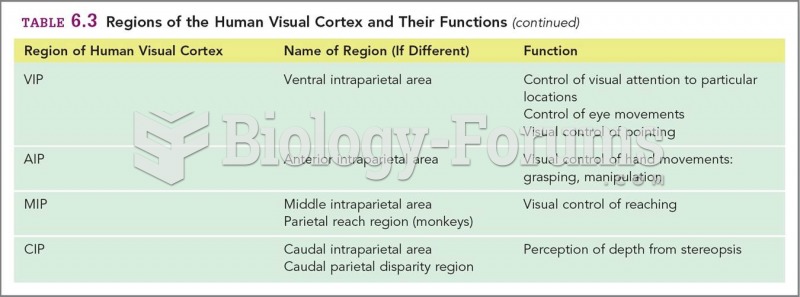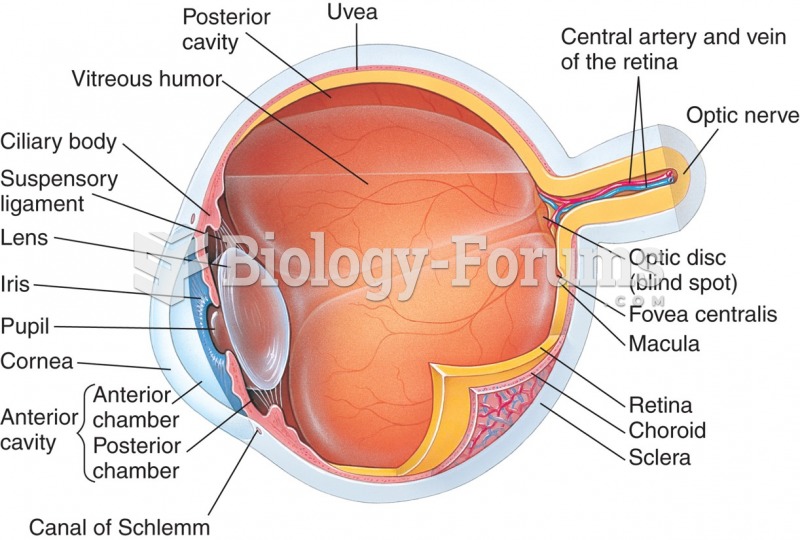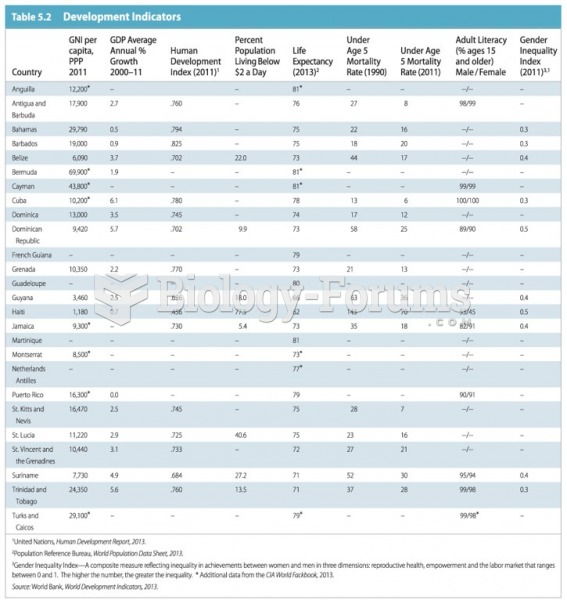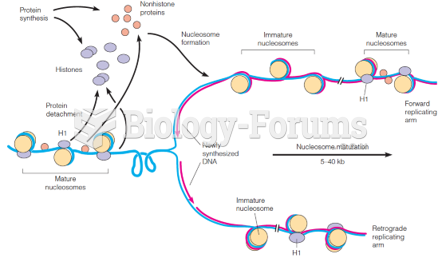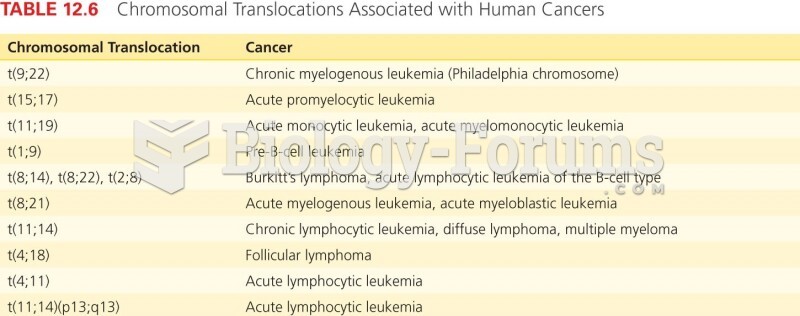Answer to Question 1
According to this model, individuals vary widely in the amount of human capital they bring to the labor market. Human capital is acquired by education and job training; it is the source of a person's productivity and can be measured in terms of the return on the investment (wages) and the cost (schooling or training). What individuals earn is the result of their own choices (the kinds of training, education, and experience they accumulate and of the labor market need (demand) for and availability (supply) of certain kinds of workers at specific points in time.
For example, human capital analysts argue that women diminish their human capital when they leave the labor force to engage in childbearing and child-care activities. Other neoclassical economic models attribute the wage gap to such factors as: (1) the different amounts of energy that men and women expend on their work (women who spend substantial energy on their family and household have less to put into their work; (2) the occupational choices women make (choosing female-dominated occupations so that they can spend more time with their families); and (3) the crowding of too many women into some occupations (suppressing wages because the supply of workers exceeds demand). Feminism is the belief that women and men are equal and that they should be valued equally and have equal rights. Feminist theory seeks to identify ways in which norms, roles, institutions, and internalized expectations limit women's behavior. It also seeks to demonstrate how women's personal control operates even within the constraints of relative lack of power. In liberal feminism, gender equality is equated with equality of opportunity. The roots of women's oppression lie in women's lack of equal civil rights and educational opportunities. According to radical feminists, male domination causes all forms of human oppression, including racism and classism. Radical feminists often trace the roots of patriarchy to women's childbearing and child-rearing responsibilities, which make them dependent on men.
Socialist feminists suggest that women's oppression results from their dual roles as paid and unpaid workers in a capitalist economy. In the workplace, women are exploited by capitalism; at home, they are exploited by patriarchy. Multicultural feminists focus on the experiences of African American women and Latinas/Chicanas. A central assumption of this analysis is that race, class, and gender are forces that simultaneously oppress women of color.
Answer to Question 2
c



